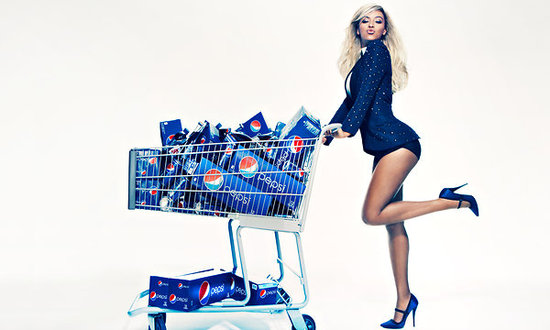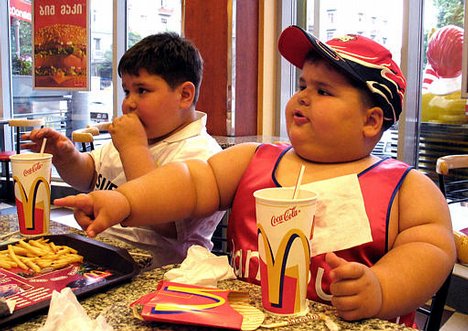As people streamed out of the Kara Walker installation “A Subtlety” on a recent Sunday afternoon to buy an ice cream cone from one of the trucks idling outside the old Domino Sugar Factory on the Williamsburg waterfront, I wondered how many thought about the jarring contradiction: paying homage to the bodily harms involved in the harsh industrial process inherent in refining sugar, then consuming the industrial concoction that is a Mister Softee-type ice cream cone.
Since so much of Ms. Walker’s work relies on the inherent contradictions that exist in contemporary American culture, especially as they relate to our brutal history, were the trucks, perhaps, even part of the exhibition? In a way, it felt like the perfect ending, punctuating her point.
In a similar vein, as (the mostly white) people posed in front of her giant sugar sphinx and took selfies with the statue behind them, something felt deeply wrong. People standing and smiling in front of this 35-foot-high and 75-foot-long sugar depiction of a black “mammy” — which renders the black female body in pure white and was made of 160,000 pounds of sugar — as if it were just another New York City tourist attraction added to the sense that something about the entire experience was seriously amiss.
And this feeling was enhanced by the smell that hits you upon entering the old Domino factory. At first, it’s just overly sweet, but the sweetness quickly deteriorates into a sickly, oppressive smell, making it difficult to stay in the space for long. That, combined with the molasses-coated sculptures of black children carrying oversized baskets that were in various states of decay or destruction (some smashed into pieces on the floor), and the factory walls stained with large swaths of dark reddish-brown drippings, created an overwhelming presence to the great violence that still laces sugar production, as it has for centuries.
This very sugar refinery was long notorious for its terrible working conditions, even well into recent history. Beginning in 2000, the plant was the site of one of the longest labor strikes ever in New York City: 286 workers protested wages and working conditions for 20 months. The owners of the Domino sugar empire — the world’s largest refiner of cane sugar that imports sugar from the Dominican Republic and elsewhere — have been accused repeatedly of labor exploitation. The United States Department of Labor lists Dominican sugar as being produced by children or forced labor, bringing into focus the fact that the legacy of unfree labor, exploitation and violence is at once part of our past and our present.
Sugar has a long and sordid history. Sugar plantations in the Caribbean and southern United States were the first large-scale monocultures for producing a highly profitable product — the prototype for our current industrial agriculture system. As the author and anthropologist Sidney Mintz puts it, even before capitalism had arrived as the dominant economic structure, the early plantation systems were “agro-industrial” due to “the combination of agriculture and processing under one authority…This was because neither mill nor field could be separately (independently) productive.” Mintz adds that “the combination of field and factory, of skilled workers with unskilled, and the strictness of scheduling together gave an industrial cast to plantation enterprises.”
The sugar plantation/factory also separated production from consumption and the worker from his tools, which helps to define the lives of these mostly unfree workers between the 16th and late 19th centuries in the New World. And while slave laborers were the first to produce sugar en masse for worldwide consumption, the working class found comfort in sugar, which became less a symbol of power and more a symbol of profit as it was transformed from an upper-class luxury into a mainstay and even necessity of the working-class diet. “The introduction of foods like sucrose made it possible to raise the caloric content of the proletarian diet without increasing proportionately the quantities of meat, fish, poultry and other dairy products,” writes Mintz.
Which brings us to today, when the people suffering most from diet-related illness brought on in large part by the overconsumption of sugar are poor people of color. Corporations which provide cheap calories that fill the belly while also providing pleasure effectively profit off populations with limited means. Diabetes (almost all of which is Type 2) is 66 percent higher among Hispanic Americans and 77 percent higher among African-Americans as compared to their white peers. African-American women suffer more from the disease than any other group: One in four women older than 55 has diabetes, and African-American women have the highest rates of two of the worst complications resulting from diabetes — amputation and kidney failure.
Sugar is particularly toxic for those with diabetes, and many Americans are eating tremendous amounts of it; the most recent estimate is three pounds of sugar per week, or 156 pounds per year. At this rate of consumption, sugar does previously unimaginable things to our bodies at increasingly younger ages, prompting the name-change of adult-onset diabetes to Type 2 diabetes — one in three children born in 2000 will develop the disease, and many children in this generation will not outlive their parents.
For most Americans, sugar is close to impossible to avoid — it laces the bulk of the processed foods that we rely on for nearly every meal. And we continue to import more than 200,000 tons of sugar a year from the Dominican Republic, despite the known labor violations.
This was the very sugar that Ms. Walker used for the exhibit. Domino donated 80 tons of it (she “only” used 40), highlighting the grotesque waste of resources in which we all partake. Beyond the human rights violations are the environmentally costly processes of production itself, from the chemical fertilizers and pesticides used to grow the sugar to the pollutants spewed into the environment as it is refined.
And so Ms. Walker’s “A Subtlety,” which closed this past Sunday, connected in so many critical ways the issues of racial and sexual oppression with the industrial processes that go into much of our food supply. Indeed, we are all increasingly made of sugar, and our consumption of it makes us complicit in the violence and destruction that Ms. Walker rendered visible in her sugar sphinx — yet at the same time we are victims of this damage, borne out in our own bodies.
This also appeared in The New York Times



 There was good news this week with several cities
There was good news this week with several cities 
